Spring 2026
-
W. BroadheadLecture: MW 12-1, 4-231
Rec. 1: R 12-1, 56-191
Rec. 2: F 1-2, 56-180HASS-H, CI-HHistory of Rome from its humble beginnings to the 5th century A.D. First half: Kingship to Republican form; the conquest of Italy; Roman expansion: Pyrrhus, Punic Wars and provinces; classes, courts, and the Roman revolution; Augustus and the formation of empire. Second half: Virgil to the Vandals; major social, economic, political and religious trends at Rome and in the provinces. Emphasis on use of primary sources in translation. Enrollment limited.
-
A. McCants & E. SperoT 7-10
16-160
HASS-S, CI-HSurveys the foundations of material life and changing social and economic conditions in medieval Europe in their broader Eurasian context. Covers the gradual disintegration of the Roman imperial order, the emergence and decline of feudal institutions, the transformation of peasant agriculture, living standards and the impact of climate and disease environments, and the ebb and flow of long-distance trade across the Eurasian system. Particular emphasis on the study of those factors, both institutional and technological, which contributed to the emergence of capitalist organization and economic growth in western Europe in comparison to the trajectories followed by the other major medieval economies.
-
E. DriscollTR 1-2:30
4-251
HASS-HIntroduces students to gender, sex, and sexuality in the ancient world. Focuses on ancient Greece, with comparative consideration of Roman and ancient Jewish cultures. Emphasizes the historical construction of gender and sexual identities and how they intersect with other cultural and political structures. Topics include the mythological origins of gender difference, medical and scientific theories of sex, philosophical perspectives on sexuality, homoeroticism and queer attachments, and legal and social control of gendered bodily functions. Readings include ancient literary, legal, philosophical, and scientific texts as well as modern scholarship. One field trip to the Museum of Fine Arts is required.
-
This course investigates the fascinating world of the medieval emperor Charles “the Great” or Charlemagne (768-814), the first post-Roman ruler to unite Europe. It asks how Charlemagne and his dynasty, the “Carolingians” (714-888), expanded the kingdom of the Franks and forged a vast empire out of the peoples and territories of the West: not only through conquest and military might, but also through Christianity and the Church, government and law, education and culture, writing and literature, art and architecture, and a reorganization of the economy and society. We will consider the enduring contributions of Charlemagne and his dynasty to the formation of Europe as well as the shortcomings, turmoil, and failures of their empire.
-
Close examination of major works of classical Greek and Roman literature in translation. Topics may include epic, history, lyric poetry, or drama and the works of authors such as Thucydides, Homer, Virgil, and Cicero. Texts vary from term to term. May be repeated once for credit if content differs. Enrollment limited.
-
(First Half Term: Ends March 20) Introduction to reading ancient Greek literature in the original language. Provides a bridge between the study of Greek grammar and the reading of Greek authors. Improves knowledge of the language through careful examination of literary texts, both prose and poetry. Builds proficiency in reading Greek and develops an appreciation for basic features of style and genre. Texts vary from term to term. May be repeated once for credit if content differs. 21L.609 and 21L.610, or two terms of 21L.609, may be combined by petition (after completion of both) to count as a single HASS-H. Content and format will be determined in consultation with students on the first day.
-
(Second Half Term: Begins March 30) Building on 21L.609, develops the ability to read and analyze ancient Greek literary texts. Texts vary from term to term. May be repeated once for credit if content differs. 21L.610 and 21L.609, or two terms of 21L.610, may be combined by petition (after completion of both) to count as a single HASS-H. Content and format will be determined in consultation with students on the first day.
-
(First Half Term: Ends March 20) Introduces rudiments of Latin to students with little or no prior knowledge of the subject. Aimed at laying a foundation to begin reading ancient and/or medieval literary and historical texts. Latin I and Latin II may be combined by petition (after completion of both) to count as a single HASS-H.
-
(Second Half Term: Begins March 30) Introductory Latin subject for students with some prior knowledge of basic grammar and vocabulary. Intended to refresh and enrich ability to read ancient and/or medieval literary and historical texts. May be taken independently of Latin I with permission of instructor. Latin I and Latin II may be combined by petition (after completion of both) to count as a single HASS-H.





